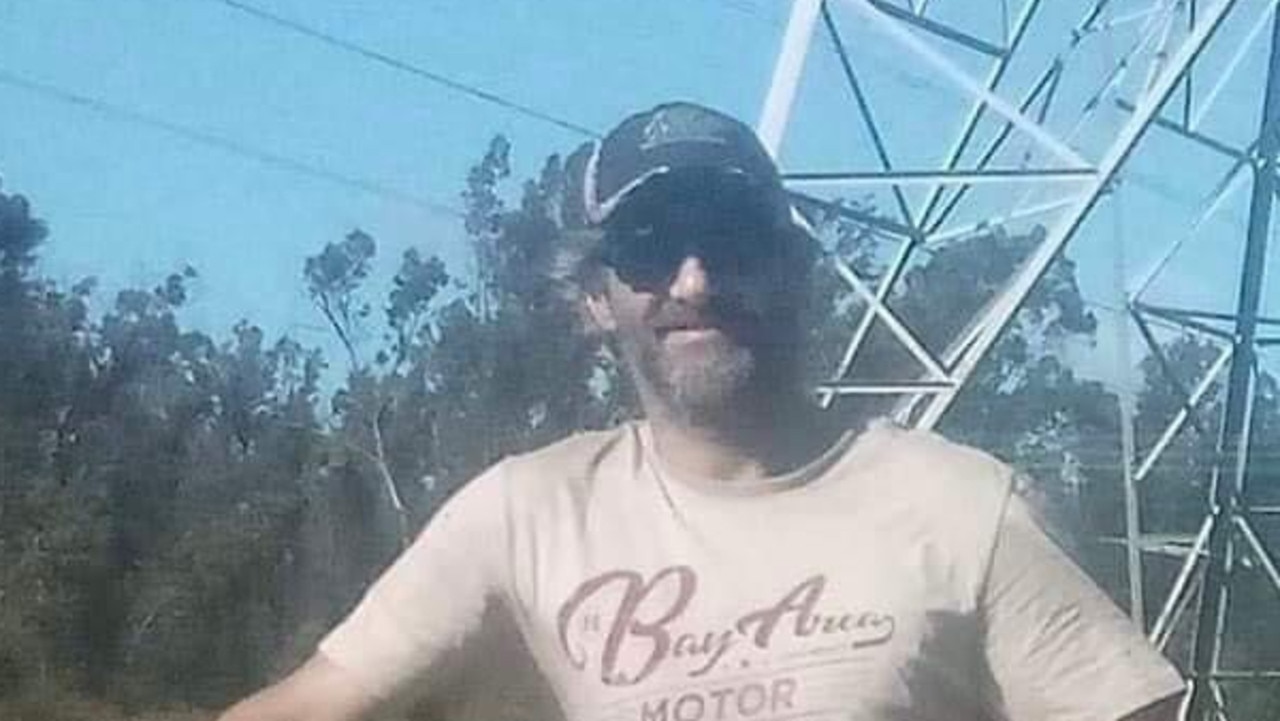Riots, escapes and deaths in custody: What really happened behind the walls of Maitland Gaol
Australia’s longest continually running prison housed some of the country’s most notorious criminals. Now we reveal the terrifying tales of past prisoners at Maitland Gaol.
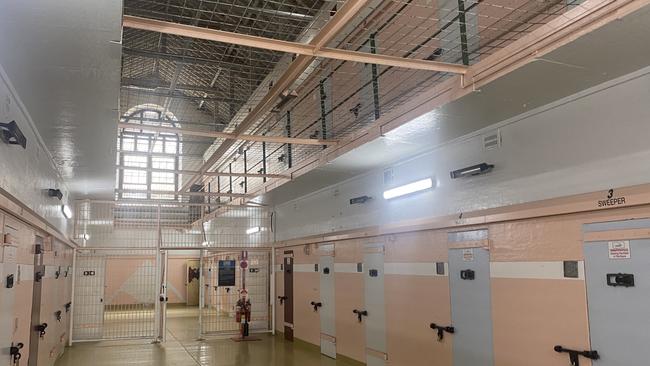
Newcastle
Don't miss out on the headlines from Newcastle. Followed categories will be added to My News.
For 150 years, death and brutality were rife within the walls of Maitland Gaol.
Australia’s most-feared criminals – men, women and children – were housed in the intimidating sandstone complex. Although no longer operational, the jail’s dark history lives on.
Sixteen of the state’s worst offenders, 13 murderers and three rapists, were executed on the grounds. Eight men were hanged at the front gates, with a crowd turning out to watch the spectacle. Many more deaths at the prison went unrecorded.
With its grizzly past comes the terrifying tales of past prisoners – some who still haunt the site.
Maitland’s infamous inmates
The prison housed some of Australia’s best-known criminals, including Ivan Milat, who was transferred to the facility after his trial for the backpacker murders. Milat was held in 5-Wing, the high security block for criminals who committed the most heinous of crimes. The grill in the door to his cell had to be welded shut, due to his nasty habit of throwing urine, faeces and other bodily fluids at passing guards.
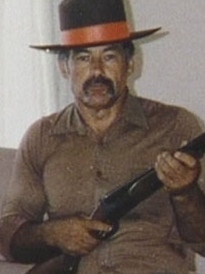
Milat was transferred out of Maitland Gaol in 1997, after a foiled escape plan. 5-Wing was raided by police just hours before he and his cellmate – drug baron George Savvas – had planned to break out. Armed accomplices were equipped with ropes to throw over the walls and cars for a quick escape, but guards had been onto their plan for some time.
It wasn’t Savvas’s first prison break. Just one year earlier the former Marrickville councillor, serving 25 years for drug importation, walked out of Goulbourn Correctional Centre after swapping clothes with a visitor.
“Corrections doesn’t have to right to hold anyone who hasn’t committed a crime, so that person was allowed to leave,” Maitland Gaol tour guide Zoe Whiting said.
“Savvas was on the run for about eight months before being found at a Chinese restaurant in Sydney.”
Savvas died by suicide in his cell, just hours after police foiled plans for the second escape. He was Maitland Gaol’s last death in custody.
“We won’t know how many people died here for quite some time,” Ms Whiting said.
“Prisoner records are sealed for 70 years for privacy reasons, so we can’t get those exact statistics.”
The Maitland Riot
In 1975 a group of prisoners set fire to a trade workshop, in what became the jail’s only significant riot.
The inmates held the site for 12 hours as the fire continued to burn and guards watched on. No death or injuries were recorded, but the riot was successful in highlighting the conditions faced by prisoners.
“There was a big movement at that time about the rights of people in prisons,” Ms Whiting said.
“At that time for example, only one of our wings had toilets.
“People were coming into jail and almost stepping back into the 19th century.”
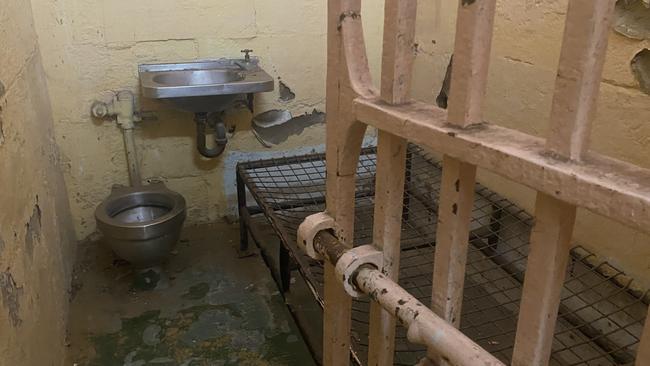
The riot came a year after the destruction of Bathurst Gaol, and a few days before similar unrest in Parramatta.
The ongoing protests prompted the then-NSW Police Minister, John Waddy, to announce a royal commission into the state’s prisons.
In his final report, handed down in 1978, Supreme Court Justice John Flood Nagle described “an inefficient Department administering antiquated and disgraceful gaols; untrained and sometimes ignorant prison officers, resentful, intransigent and incapable of performing their tasks.”
The great escape
Thirty-seven prisoners escaped Maitland Gaol over its 150 years of operation – four never to be recaptured. The biggest escape happened in 1977 when seven prisoners – led by armed robber and murder Ray Denning – climbed up a vent in the shower block and over the prison walls.
“Denning was here when the shower block extension was being built and later said he’d realised the guard towers can’t see past this roof,” Ms Whiting said.
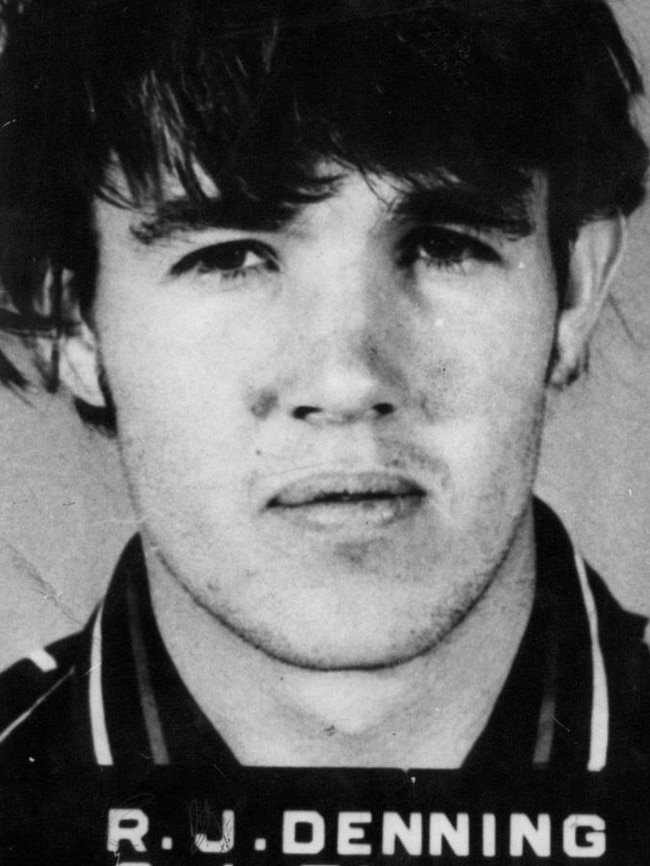
“I suspect initially it wasn’t planned there would be seven of them. You don’t want a large group going because you’re going to be noticed really quickly. Maybe over time the others found out his plan and had to be brought in to keep it quiet.”
Once the men cleared the prison walls, they split into two groups. Three were young offenders, found hiding under a nearby house just 48 minutes after their escape. The remaining four, more seasoned criminals, took longer to capture. After breaking out they hijacked the car of a local solicitor, driving about 12km to Duckenfield.
“Three of them swam across the river while another hid in a chicken coop, because he couldn’t swim.
“The three were captured heading into Raymond Terrace in another stolen vehicle. Roy Pollitt was found by police dogs, still in the coop.”
The final days
Maitland Gaol’s closure was announced in 1995, due to its age and the soaring cost of running and upgrading the facility.
It was shut down gradually over the next four years, with wings closed off as they were emptied. On January 29, 1998 – the prison’s last day of operation – its final 29 inmates were transported to other facilities.
It took just six weeks before the site reopened as the tourist attraction it is today.
“In the first month it was open as a tourist facility, they had like 6000 or 7000 people through the site,” Ms Whiting said.
“Maitland really wanted to see behind the bars.”
On Guard – an eight-part podcast – uncovers what really goes on behind bars as former correctional officers share shocking secrets from the frontline of working with some of Australia’s most infamous criminals. Listen below.



